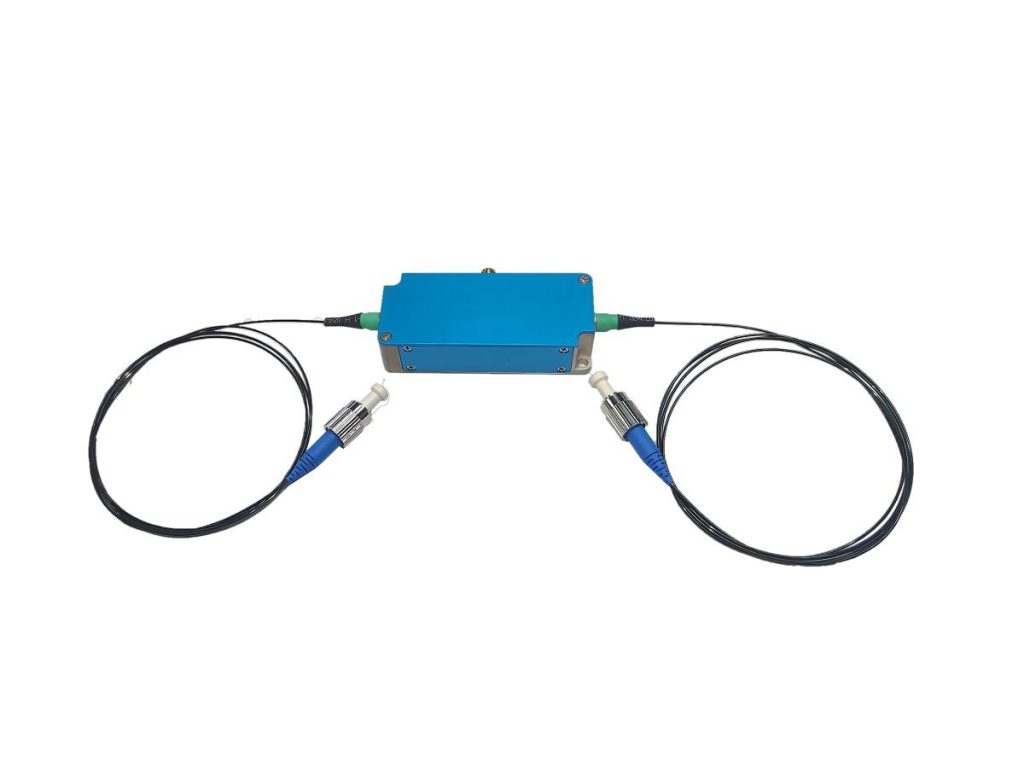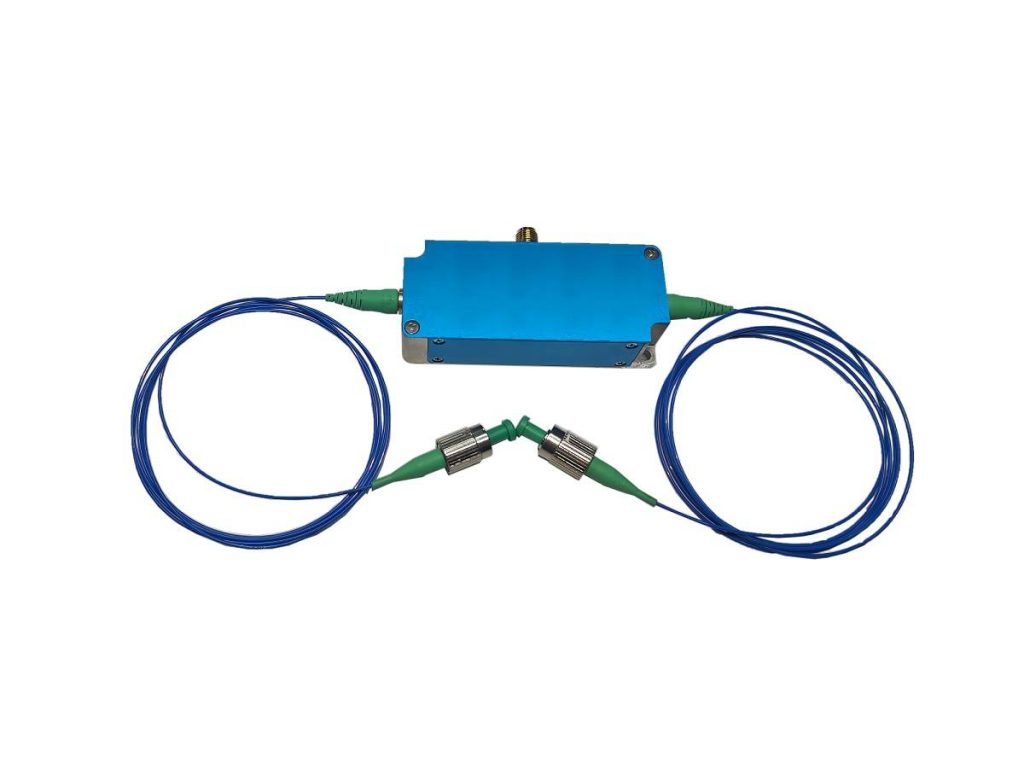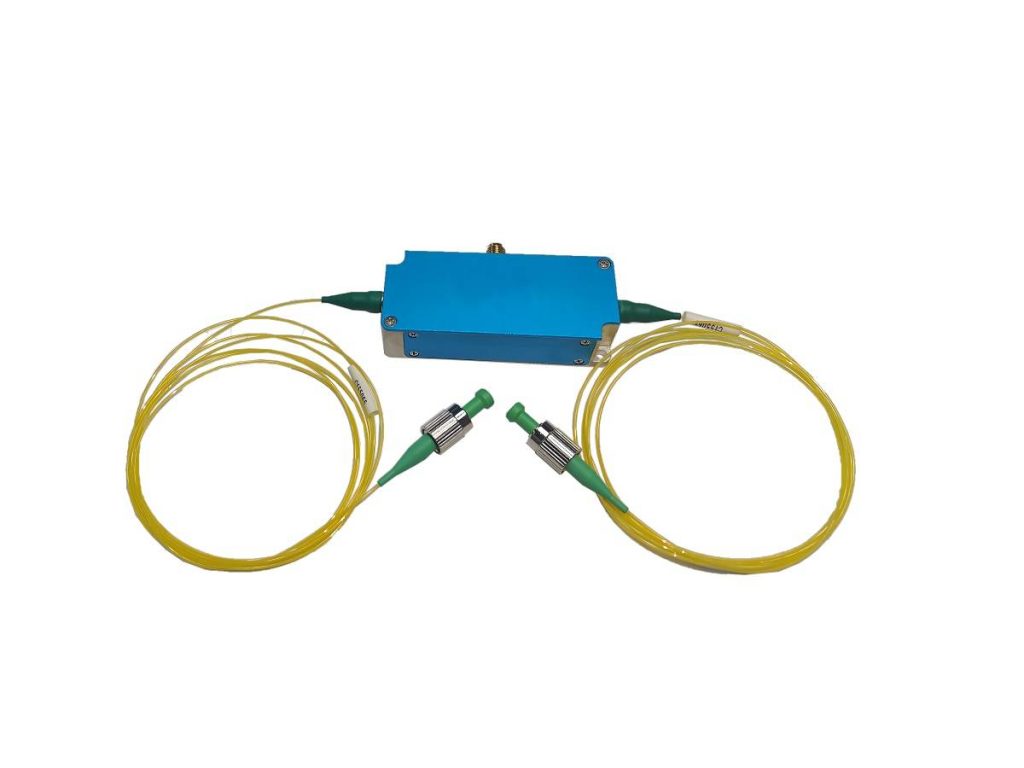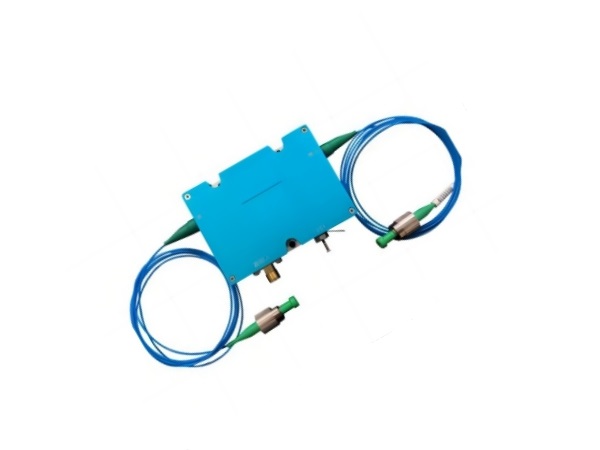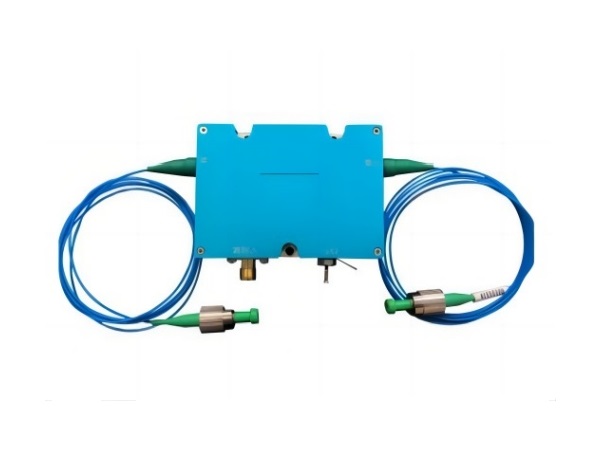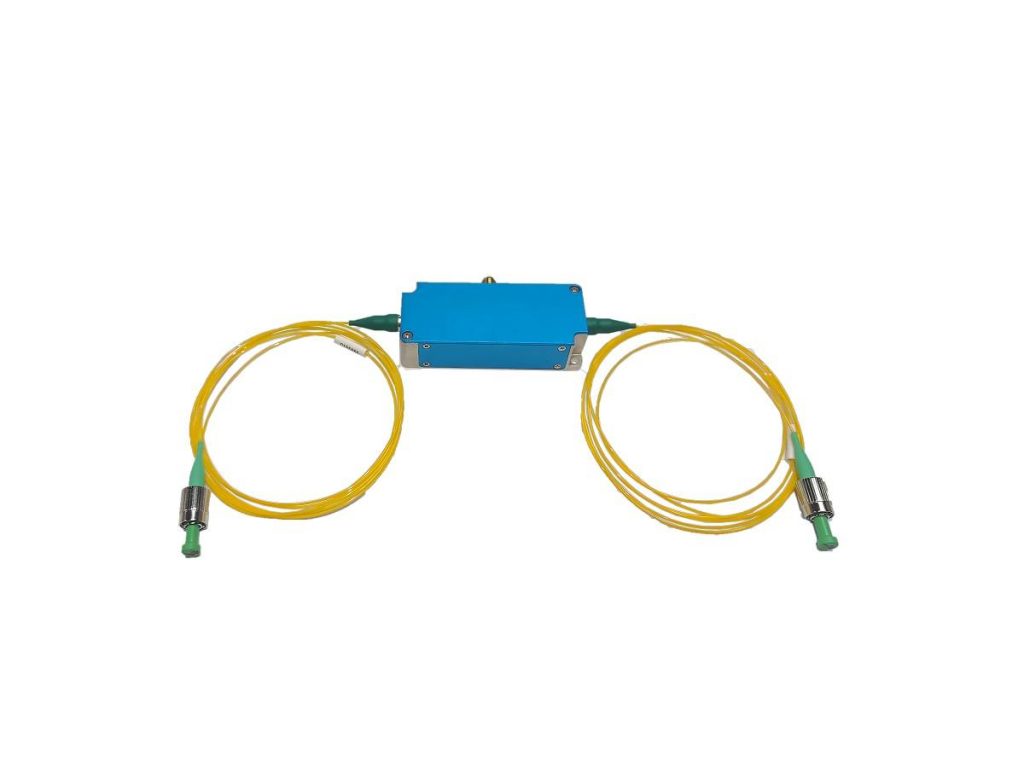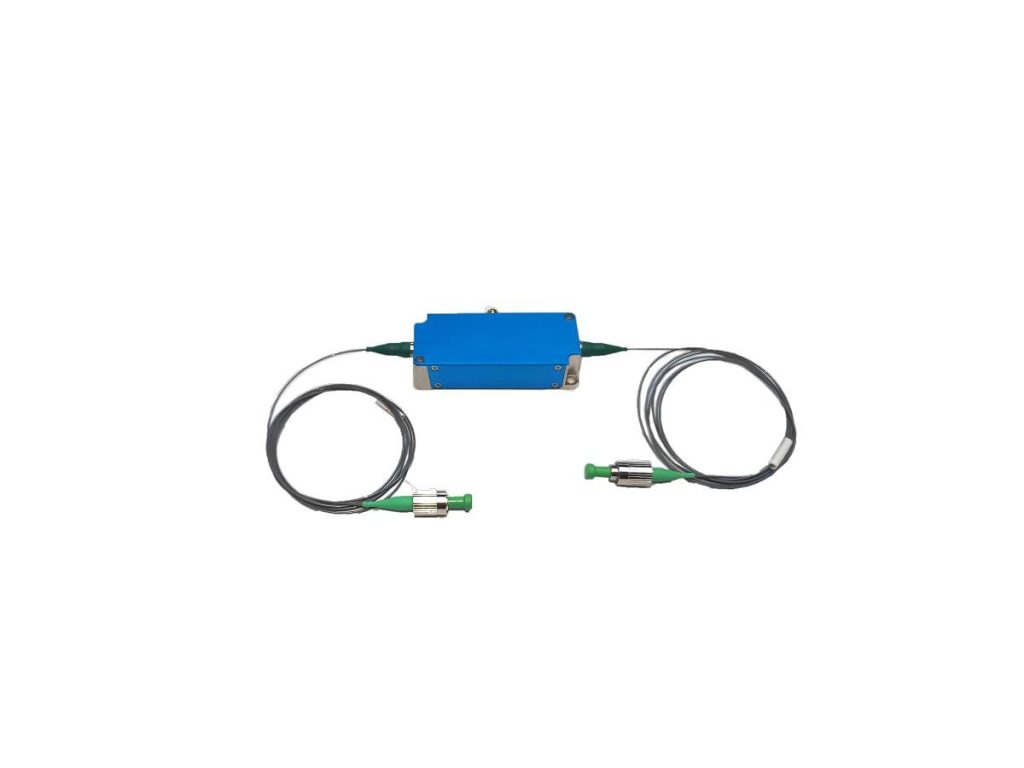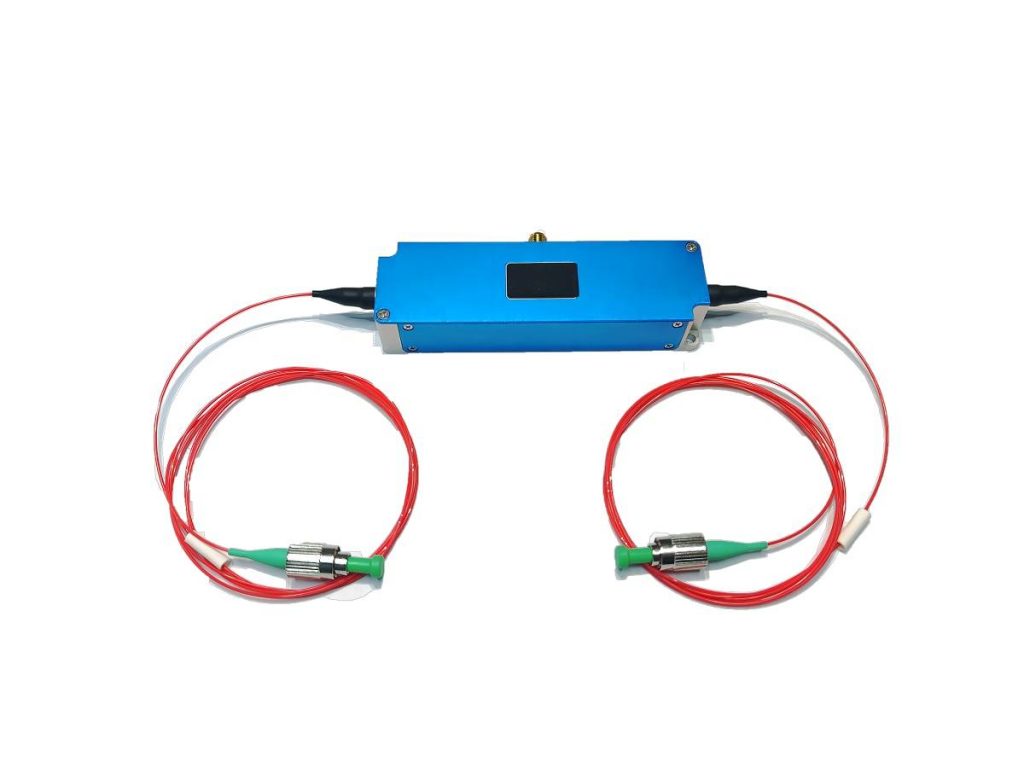AOM vs EOM: A Comprehensive Comparison
In the realm of photonics, manipulating light is crucial for various applications. Optical modulators play a vital role in this process, enabling the control of light properties such as intensity, frequency, and direction. This article delves into two prominent types of optical modulators: acousto-optic (AOM) and electro-optic (EOM) modulators. We’ll explore their working principles, modulation techniques, performance characteristics, and suitable applications to equip you with a clear understanding of their strengths and limitations.
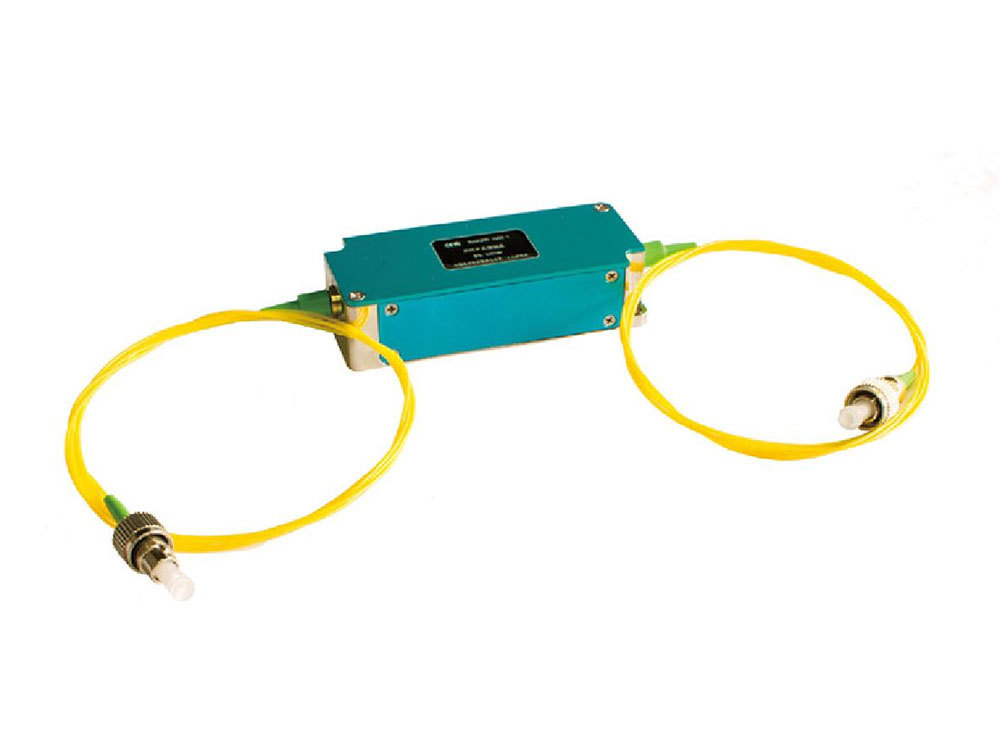
What are Optical Modulators?
Optical modulators are devices that regulate the properties of light beams. This control can be achieved by modifying light intensity (amplitude modulation), frequency, or spatial characteristics (direction or polarization). These modulators are fundamental components in numerous photonic systems, including telecommunications, laser processing, and optical signal processing.
Acousto-optic and electro-optic modulators represent two prevalent technologies for manipulating light. They differ in their working principles, offering distinct advantages and disadvantages for various applications.
Differences Between AOM and EOM
What are Electro-Optic Modulators?
An electro-optic modulator (EOM) is a device that utilizes the electro-optic effect (Pockels effect or Kerr effect) to modulate light waves. When an electric field is applied to certain specific crystals (such as lithium niobate (LiNbO3) or potassium dihydrogen phosphate (KDP)), the refractive index of the crystal changes with the electric field, thereby altering the phase, polarization, or intensity of the light wave passing through the crystal.
Electro-Optic Modulator Working Principle
The operation of an EOM is based on the electro-optic effect, which describes the change in the refractive index of a material in response to an applied electric field. In EOMs, this change in refractive index is used to modulate the properties of a light wave.
There are two main types of EOMs:
- Pockel cells: These EOMs utilize materials that exhibit the linear electro-optic effect, where the change in refractive index is directly proportional to the applied electric field.
- Kerr cells: These EOMs employ materials that exhibit the quadratic electro-optic effect, where the change in refractive index is proportional to the square of the applied electric field.
Key Parameters of Electro-Optic Modulators
- Operating Wavelength: The range of light wavelengths over which the EOM can function effectively. This parameter is vital for ensuring compatibility with different light sources and applications. EOMs are typically designed to work within specific wavelength ranges, which must be matched to the intended use.
- Modulation Bandwidth: The frequency range over which the EOM can modulate the light wave. A wide modulation bandwidth allows the EOM to modulate signals at high frequencies, which is essential for applications requiring fast data transmission and precise signal control.
- Insertion Loss: The amount of optical power lost as light passes through the EOM. Insertion loss is a critical parameter because it affects the overall efficiency of the modulation process. Lower insertion loss means less signal degradation and higher efficiency in the optical system.
- Half-Wave Voltage (Vπ): The voltage required to induce a phase shift of 180 degrees (one half-wave) in the light wave passing through the EOM. This parameter determines the efficiency of the modulation process, with lower half-wave voltages indicating more efficient modulation. The half-wave voltage is a crucial factor in designing and operating EOMs, as it impacts the power consumption and performance of the modulator.
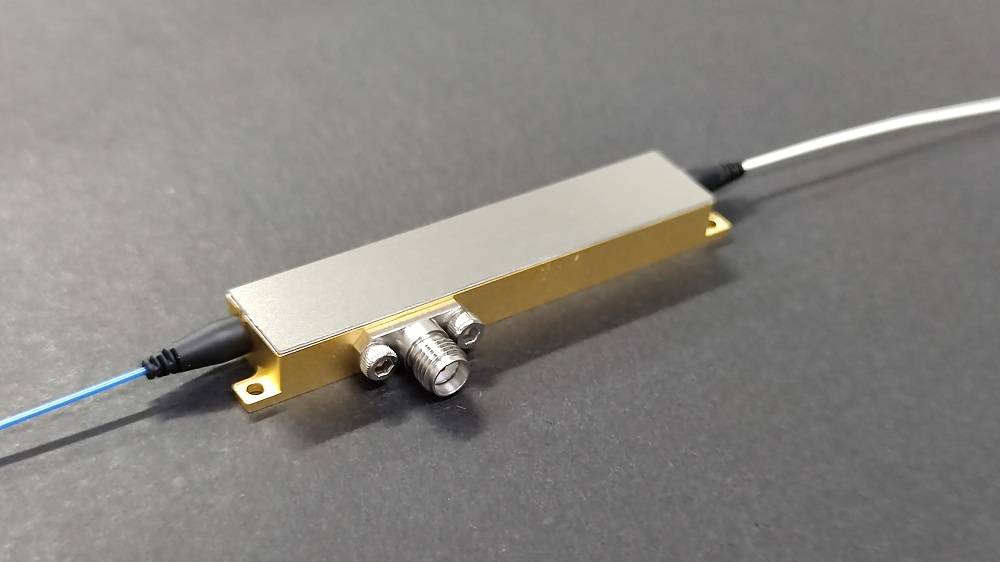
What are Acousto Optic Modulators?
An Acousto-Optic modulator is a device that utilizes sound waves to modulate light waves. This process is based on the acousto-optic effect, where sound waves cause periodic changes in the refractive index of a medium, resulting in the diffraction of light. AOMs are essential in various optical systems for controlling the properties of light, including its direction, frequency, and intensity.
Acousto Optic Modulator Working Principle
The acousto-optic effect underpins the operation of AOMs. When sound waves travel through a specific medium, they create periodic variations in the medium’s refractive index. These variations act like a diffraction grating for the light waves passing through the medium, altering their propagation characteristics. This interaction allows precise modulation of the light wave’s properties, enabling the control of its intensity, frequency, and phase.
Key Parameters of Acousto Optic Modulators
- Center Wavelength: The wavelength of the light wave that the AOM is designed to modulate. This parameter is crucial as it determines the compatibility of the AOM with the light source being used.
- Modulation Frequency: The frequency at which the AOM modulates the light wave. This frequency is dictated by the sound waves and can be adjusted to control the characteristics of the light wave, such as its intensity or phase.
- Modulation Depth: The degree to which the AOM modulates the amplitude of the light wave. This parameter indicates how effectively the AOM can vary the intensity of the light, which is important for applications requiring precise control of light intensity.
- Insertion Loss: The amount of energy loss experienced by the light wave as it passes through the AOM. Insertion loss is a critical parameter as it affects the overall efficiency of the modulation process. Lower insertion loss means more efficient modulation, which is desirable in most applications.
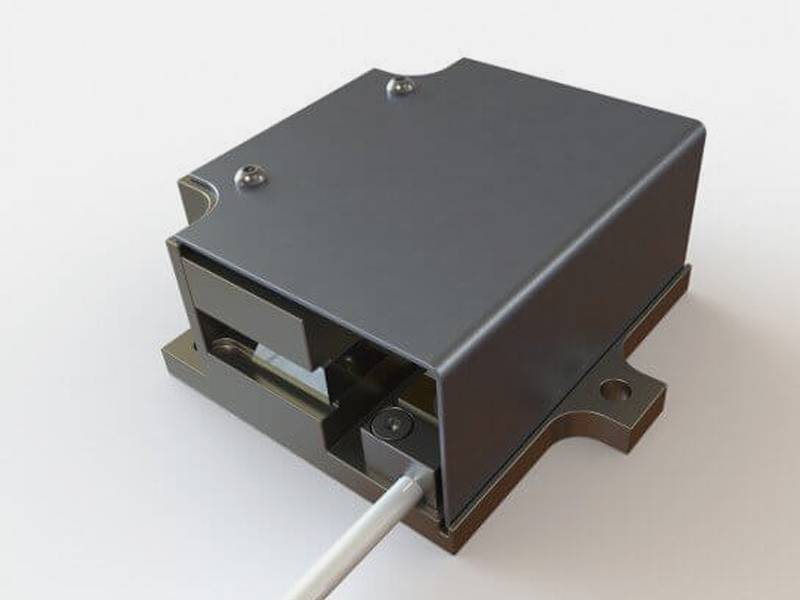
Advantages and Disadvantages of EOMs and AOMs
| Item | Electro-Optic Modulators | Acousto-Optic Modulator |
| Description | An Electro-Optic Modulator is a device that utilizes the electro-optic effect to modulate light signals. Its working principle involves applying an electric field to specific materials, such as lithium niobate or gallium arsenide crystals, causing a change in the material’s refractive index. This change modifies the characteristics and parameters of the light passing through these materials, such as phase, polarization state, or intensity. | An Acousto-Optic Modulator modulates light signals using the periodic refractive index changes caused by sound waves propagating through a medium. |
| Advantages | High Modulation Speed: EOMs can achieve modulation speeds up to tens of gigahertz (GHz). This high speed is particularly advantageous for applications requiring rapid data transmission and real-time signal processing. Large Modulation Depth: They can achieve a high extinction ratio, allowing for deep modulation of light intensity. This capability is crucial for applications demanding high signal clarity and low noise. Versatile Modulation Forms: EOMs can modulate various aspects of light, including phase and polarization, providing flexibility for different optical applications. | High Modulation Frequency: AOMs can achieve modulation frequencies up to the gigahertz (GHz) range, making them suitable for high-speed modulation applications. High Extinction Ratio: They can attain extinction ratios exceeding 100000:1, which is beneficial for clear and precise signal transmission. Good Temperature Stability: AOMs are less affected by external environmental conditions, offering robust performance in varying temperatures. Compact Size: Their small size and lightweight design make them easy to integrate into various systems, enhancing portability and ease of use. |
| Disadvantages | Sensitivity to Temperature and Pressure: EOMs are sensitive to environmental conditions, requiring precise control of temperature and pressure to maintain performance stability. High Drive Voltage: They require high drive voltages and have stringent voltage stability requirements, which can complicate their integration and operation. Potentially Large Size: EOMs can be relatively large, making them less suitable for applications needing compact integration. | Need for RF Drive Circuits: AOMs often require additional radio frequency (RF) drive circuits, which can add complexity to the system design and operation. Insertion Loss: In some applications, AOMs can exhibit significant insertion loss, impacting the overall efficiency of the optical system. |
Applications of AOMs and EOMs
Electro-Optic Modulators (EOMs) and Acousto-Optic Modulators (AOMs) are crucial components in modern optical technology, finding widespread use across various fields. EOMs leverage the electro-optic effect, modulating light waves by altering the electric field to change characteristics such as amplitude, phase, and polarization. In contrast, AOMs utilize sound waves to induce refractive index changes in light waves. Here, we explore the specific applications of both types of modulators.
Applications of Electro-Optic Modulators
Electro-Optic Modulators are extensively used in optical communications, optical storage, and optical display technologies.
- Optical Communications: In optical communication systems, EOMs convert electrical signals into optical signals, enabling high-speed and stable data transmission. Their ability to modulate light at high frequencies is critical for maintaining the integrity and speed of data over long distances, making them indispensable in fiber optic networks and other high-bandwidth communication systems.
- Optical Storage: In the field of optical storage, EOMs are employed to control the light signals within storage media. This capability enhances storage density and data transfer rates, allowing for more efficient and faster access to stored information. EOMs help in precisely controlling the read/write processes, which is essential for high-capacity storage solutions.
- Optical Displays: EOMs also play a significant role in optical display technology. They modulate the light intensity and color on display screens, improving display quality. By precisely controlling the properties of light, EOMs contribute to sharper images, better contrast, and more vibrant colors, enhancing the overall visual experience in various display applications, including televisions, monitors, and projectors.
Applications of Acousto-Optic Modulators
- Laser Radar (LiDAR): In LiDAR systems, AOMs enable high-precision distance measurement and three-dimensional imaging. Their ability to modulate light at high frequencies allows for detailed mapping and accurate distance calculations, which are essential for applications like autonomous vehicles, topographic mapping, and environmental monitoring.
- Optical Fiber Sensing: AOMs are integral to optical fiber sensing technology, where they are used to achieve interferometric fiber sensing. This application enhances the sensitivity and accuracy of sensors, making them capable of detecting minute changes in physical parameters such as temperature, pressure, and strain. AOMs’ precision and stability are crucial for high-performance sensing applications in industrial, environmental, and structural monitoring.
- Optical Signal Processing: In optical signal processing, AOMs are utilized for high-speed and high-efficiency signal modulation. Their ability to quickly and accurately modulate light signals makes them ideal for applications requiring rapid data processing and real-time signal manipulation. This includes telecommunications, signal filtering, and various other advanced optical processing tasks.
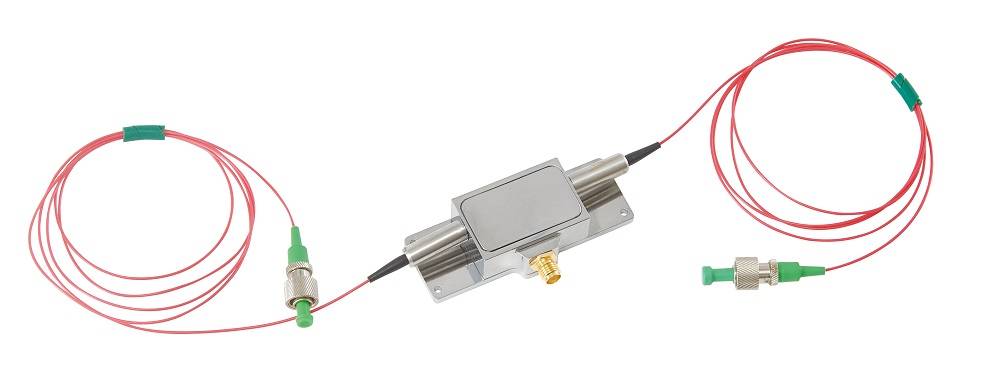
Potential Competitive Relationship Between Electro-Optic and Acousto-Optic Modulators
Electro-Optic Modulators (EOMs) and Acousto-Optic Modulators (AOMs), as two distinct modulation technologies, exhibit potential competition across several fields.
1. Communications
In communications, both EOMs and AOMs are widely used in fiber optic systems. EOMs are preferred for their high speed, broad bandwidth, and low loss characteristics, which enable long-distance and high-quality signal transmission. These attributes make EOMs particularly advantageous for long-distance communication and high-speed data transmission. Conversely, AOMs are valued for their simplicity, low cost, and ease of integration, making them suitable for local area networks (LANs) and metropolitan area networks (MANs). Consequently, EOMs and AOMs compete in communication systems, with EOMs excelling in long-range and high-speed applications, while AOMs are more prevalent in short-distance systems due to their practical and economic benefits.
2. Optical Sensing
In optical sensing, both EOMs and AOMs are extensively applied. EOMs are utilized in devices such as photodetectors and optical switches, enabling rapid conversion and processing of optical signals. Their fast response and precision make them ideal for high-speed sensing applications. Meanwhile, AOMs are used in optical sensors and optical encoders, facilitating the modulation and demodulation of optical signals. AOMs’ robust performance and stability under varying environmental conditions make them suitable for diverse sensing applications. This creates a competitive relationship in optical sensing, where EOMs and AOMs are chosen based on specific application requirements such as speed, sensitivity, and environmental robustness.
3. Laser Driving and Control
In laser driving and control, both modulators are used. EOMs can modulate and control lasers, enabling rapid adjustment and stabilization of laser output power. Their precise control over laser characteristics is valuable for applications demanding high precision. AOMs, on the other hand, are effective in driving and controlling lasers through sound waves, allowing adjustments and stabilization of laser output wavelength. Their capability in managing wavelength stability makes them suitable for specific laser applications. Thus, in laser systems, EOMs and AOMs compete based on their distinct capabilities, with EOMs preferred for power modulation and AOMs for wavelength control.
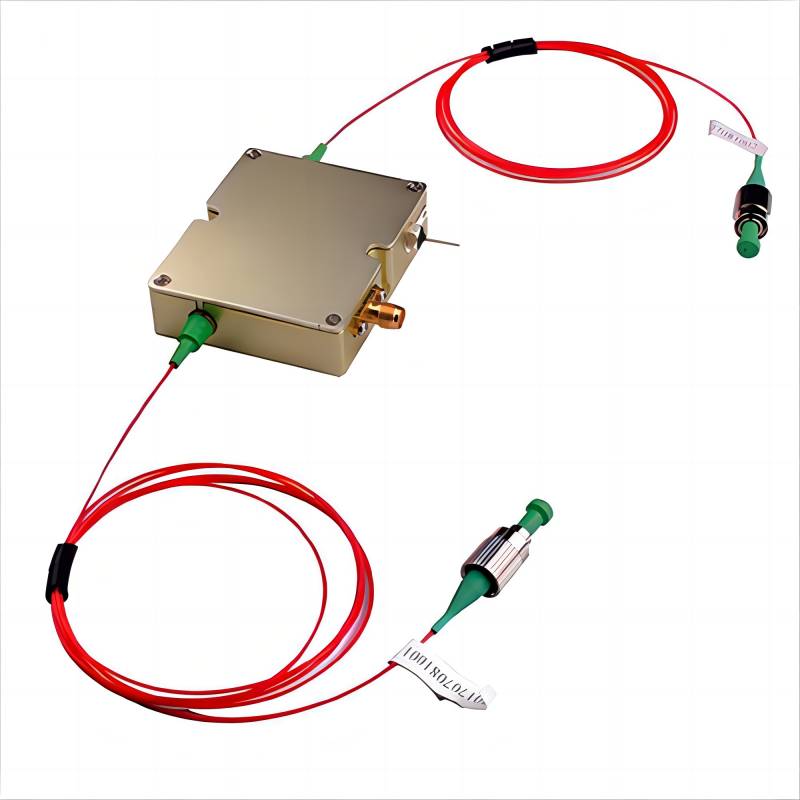
Conclusion
While each modulator has its strengths and preferred applications, there are areas of potential competition where their capabilities overlap, such as in communications, optical sensing, and laser driving/control. Understanding the unique advantages and limitations of each modulator technology is crucial for selecting the appropriate device for specific application requirements. By considering factors such as speed, cost, integration ease, and environmental stability, users can make informed decisions to optimize performance and efficiency in their optical systems. Overall, the diverse capabilities of EOMs and AOMs contribute to the advancement and innovation of optical technology across various industries.

